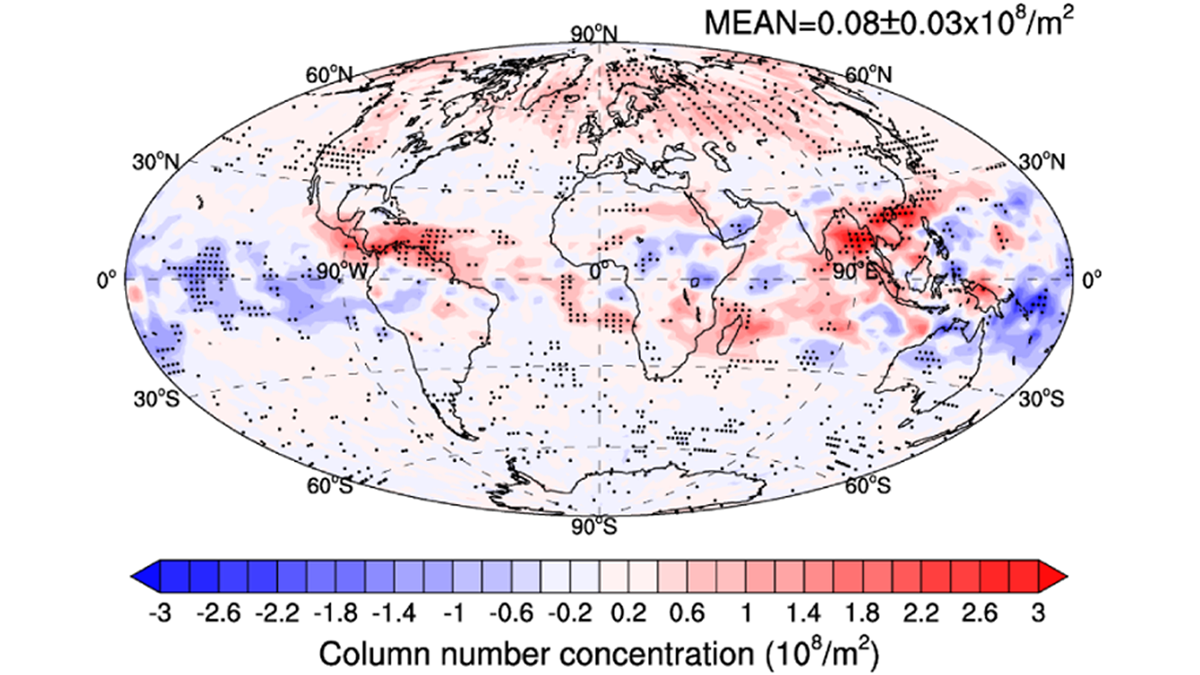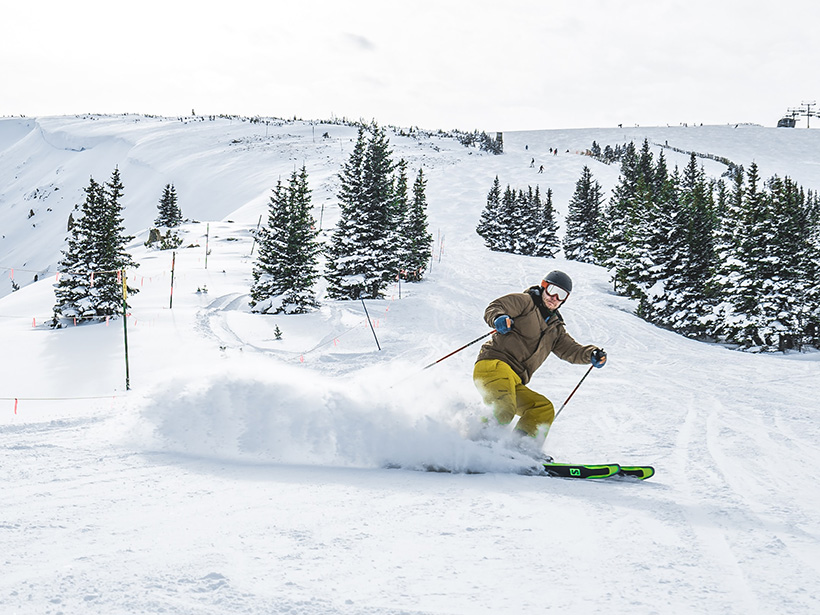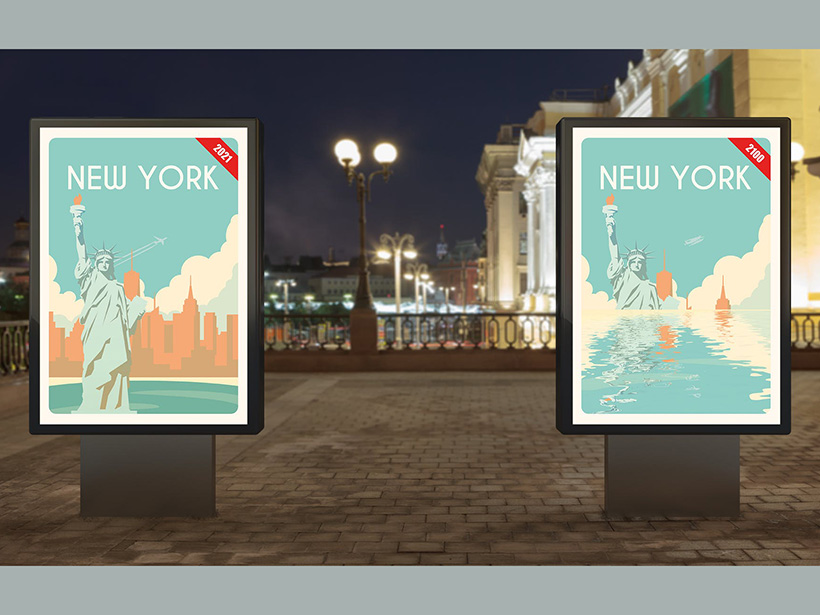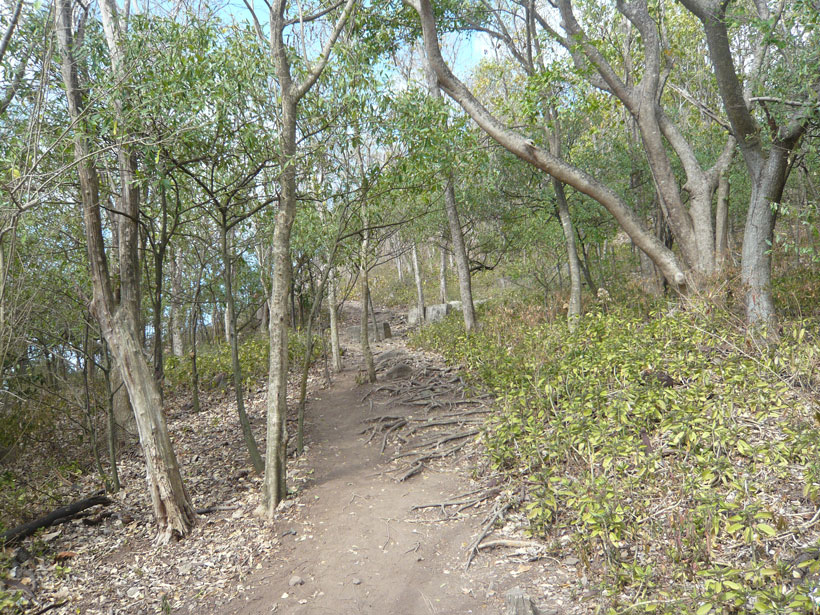For AGU’s annual meeting in 2023, a virtual hub in Zürich combined remote presentations and in-person viewing groups to reduce travel but keep in-person interactions.
travel & tourism
When the Woods Get Noisy, the Animals Get Nervous
New study uses trail cameras and speakers to isolate what human sounds do to animals.
Spain’s Seafaring Sports See Fewer Calm Days
Knowing the best days for calm or active water activities can strengthen the local economy and help tourists optimize their trips.
Less Air Travel May Partially Contribute to Global Warming
Decrease in aircraft soot emission, as shown by COVID-19 lockdown, leads to a significant increase in ice crystal number in cirrus clouds, and results in a small global positive radiative effect.
Pyrenees Glaciers Are Rapidly Disappearing
Three of the remaining glaciers in the Pyrenees mountain range stopped flowing in the past decade.
How the Ski Industry Stopped Worrying and Learned to Love Climate Activism
A cultural shift is underway to transform outdoor buffs into stalwarts for climate action. Will it come soon enough to save their sport?
State-of-the-Art Technology, Serendipity, and Secrets of Stonehenge
The first comprehensive analysis of what the sarsen stones are made of came about with new technology—and good old-fashioned luck.
In a Twist, a Greek Volcano Ruled by the Sea
Move over Hephaestus, Poseidon’s got this one.
Rising Sea Levels Bring a Tidal Change to Tourism
A series of industry posters reimagines iconic locales in light of sea level rise and issues a call for action against climate change.
Empeora la Crisis Hídrica en el Caribe Oriental
Científicos, políticos y pobladores temen que la actual escasez de agua y los largos períodos de sequía puedan empeorar a medida que cambie el clima y que el Acuerdo de París se haya quedado corto.










